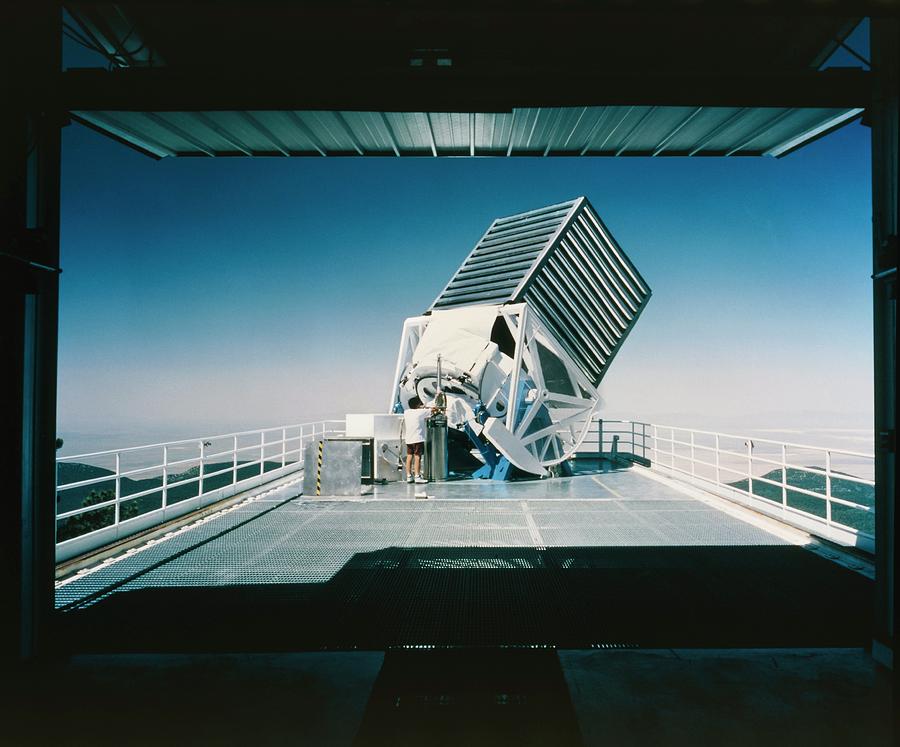

Though their existence was initially theorized in the 1960s, it was not until the mid-1990s that the first unambiguous brown dwarfs were discovered. Brown dwarfs may be fully convective, with no layers or chemical differentiation by depth.

The warmest ones are possibly orange or red, while cooler brown dwarfs would likely appear magenta or black to the human eye. As brown dwarfs do not undergo stable hydrogen fusion, they cool down over time, progressively passing through later spectral types as they age.ĭespite their name, to the naked eye, brown dwarfs would appear in different colors depending on their temperature. Īstronomers classify self-luminous objects by spectral class, a distinction intimately tied to the surface temperature, and brown dwarfs occupy types M, L, T, and Y. However, they can fuse deuterium ( 2H) and the most massive ones (> 65 M J) can fuse lithium ( 7Li). Instead, they have a mass between the most massive gas giant planets and the least massive stars, approximately 13 to 80 times that of Jupiter ( M J).

Image is to scale, with Jupiter's radius being 11 times that of Earth, and the Sun's radius is 10 times that of Jupiter.īrown dwarfs (also called failed stars) are substellar objects that are not massive enough to sustain nuclear fusion of ordinary hydrogen ( 1H) into helium in their cores, unlike a main-sequence star. Comparison: most brown dwarfs are slightly larger than Jupiter (15–20%), but are still up to 80 times more massive due to greater density.


 0 kommentar(er)
0 kommentar(er)
